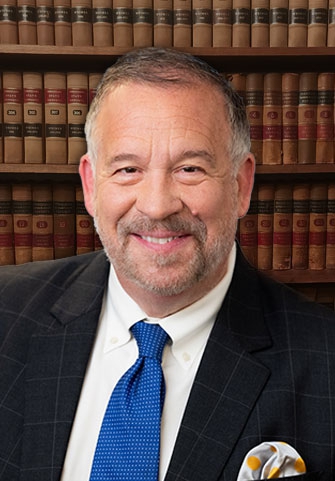
A Series on Trusts – Part I
What is a Trust?
One of our goals is to make sure that our clients and readers become educated throughout their estate planning process.
To that end, we would like to provide some clarity to the topic of trust planning, what trusts are, how they can be used, and the differences between the various kinds of trusts.
We find that many clients are unsure of how a trust can be used to benefit them or their families. This may be because there are so many different types of trusts that serve so many different purposes and have so many different names.
We have created this Series on Trusts to help clarify a topic that many find to be confusing and even intimidating. In this article, we will break down the basics and provide an introduction to some of the fundamental concepts and terms that you will see and hear when learning about trusts. In later articles, we will build on this foundation as we talk about specific types of trusts and their unique components.
So what exactly is a trust?
First and foremost, a trust is a valuable estate planning tool. When properly drafted and incorporated into a cohesive, customized estate plan, a trust can provide for your family and loved ones, protect assets from probate, divorce, creditors, law suits, taxes, and long-term care spending, and ensure that all of your desired planning outcomes are accomplished.
The basic components of a trust are as follows:
At least one individual creates a trust, another individual or entity holds legal title to assets or property for the benefit of a third party, and that third party benefits from the trust.
Who are these individuals and third parties?
The person who creates the trust is the Donor, Grantor, or Settlor (these terms are used interchangeably).
The individual or entity that holds and manages the property and assets is the Trustee.
The third party that benefits from the trust is the Beneficiary.
Almost all trusts share these basic components and will have some overlapping benefits, but they mostly serve different core purposes, hold a wide variety of types of assets, and are created in varying ways.
There are a tremendous number of forms and functions of trusts that can help you to accomplish an equally extensive number of goals. We have only just begun to scratch the surface! Check back next week for the next article in our Series on Trusts to learn about the difference between Testamentary and Inter Vivos or “living” trusts.
The Trusts and Estates practice is a complex area of the law. This article is intended to be an introduction only and is not a comprehensive resource. You should always consult with an experienced Pennsylvania estate planning attorney or Pennsylvania elder law attorney if you are considering incorporating a trust into your estate planning. Even the smallest change in the provisions of a trust could have a monumental impact on the results seen by the grantor and his or her beneficiaries. Needless to say, trust planning “is not something you should do at home.”
At Unruh, Turner, Burke & Frees, we have been creating custom-tailored estate plans for over thirty years. Call us today at 610-933-8069 to schedule an appointment. Whether you are starting from scratch, or have existing documents, our team of PA estate planning lawyers will provide an in-depth consultation to ensure that your planning accomplishes all of your goals.

